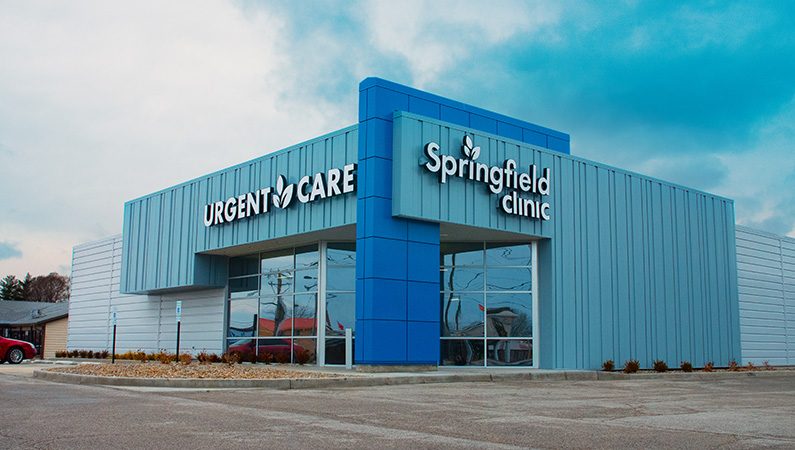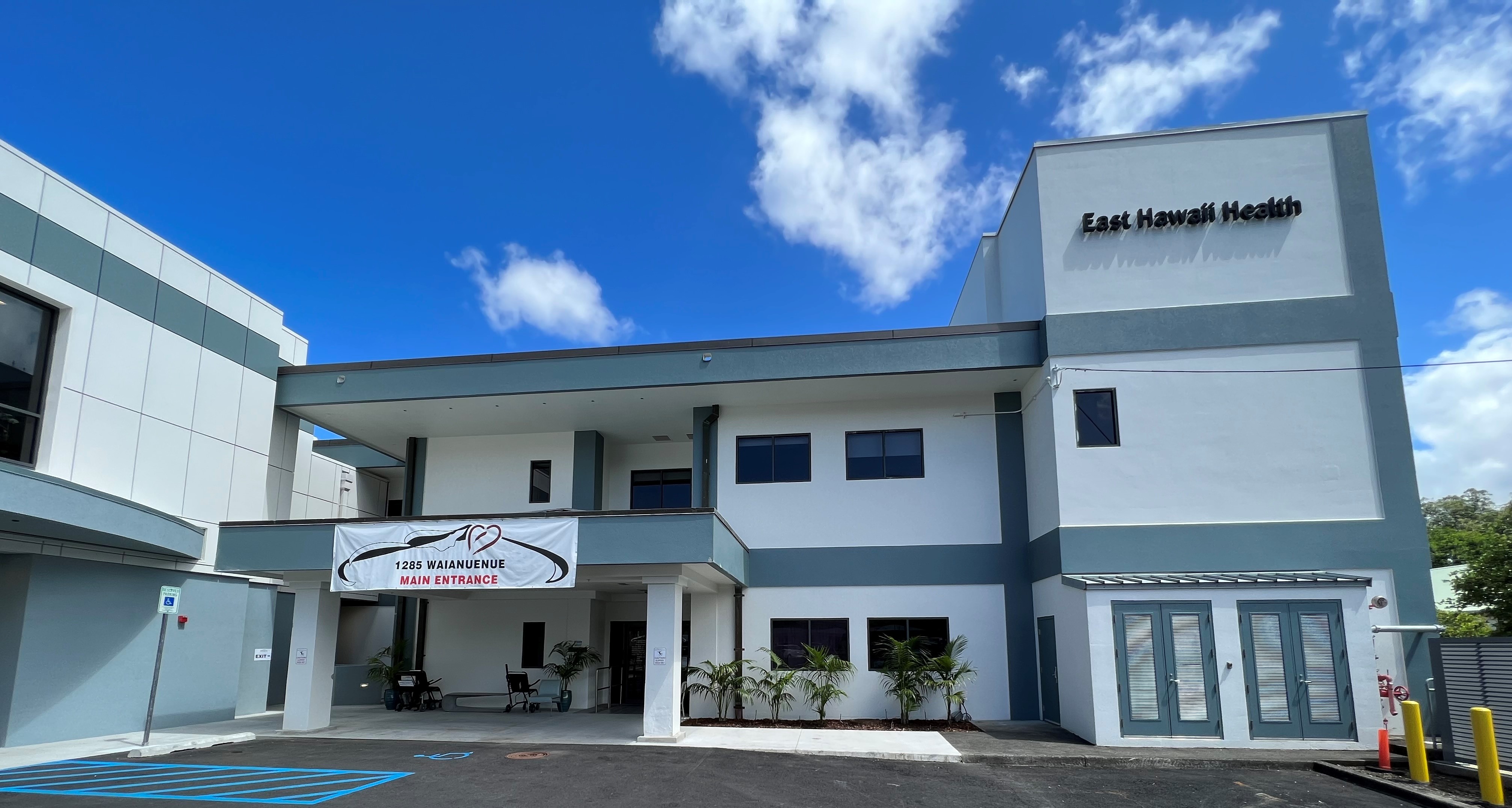Essential Services Given by Clinics Focusing On Urgent Care
Essential Services Given by Clinics Focusing On Urgent Care
Blog Article
Understanding the Role of Urgent Treatment in Offering Timely Treatment for Non-Life-Threatening Conditions
Immediate treatment centers have actually emerged as an essential element of the medical care landscape, addressing the instant requirements of clients with non-life-threatening conditions. By providing accessible and timely medical services, these facilities effectively link the gap between medical care and emergency departments. The ramifications of their duty expand beyond simple convenience, motivating a more detailed assessment of when and just how these facilities are used. Comprehending the nuances of immediate treatment can substantially impact individual outcomes and the overall performance of healthcare distribution. What variables add to their growing significance in modern medication?
What Is Urgent Treatment?
Immediate treatment describes a category of medical services designed to resolve non-life-threatening conditions that call for prompt interest. These centers serve as an intermediary between main care doctors and emergency rooms, offering a hassle-free choice for patients who need punctual care without the considerable waiting times typically connected with emergency divisions.
Urgent care centers are usually staffed by physician, consisting of doctors, registered nurse professionals, and medical professional assistants, that are trained to identify and deal with a vast variety of problems. Typical services provided by these facilities include therapy for small injuries, health problems, and infections, along with analysis tests such as X-rays and laboratory work.
Additionally, urgent care facilities frequently approve walk-in clients, eliminating the need for visits. Overall, immediate care plays a crucial role in the medical care system, guaranteeing people can access necessary medical services promptly and effectively.

When to look for care at an immediate care facility instead of a main care medical professional or an emergency space,Lots of people might locate themselves uncertain regarding. Urgent care is designed to address non-life-threatening conditions that call for prompt attention however are not serious sufficient to require an emergency room visit.
Usually, one should think about immediate look after issues such as minor cracks, strains, cuts calling for stitches, or infections like urinary system infections. In addition, cold or influenza signs, breakouts, and allergic reactions can additionally be properly taken care of in this setting.
It is very important to note that immediate treatment is not suitable for lethal emergencies, such as upper body discomfort, difficulty breathing, or severe blood loss, which demand instant emergency situation space intervention.
People who do not have accessibility to a health care physician or can not secure a prompt appointment may also profit from immediate care solutions. Eventually, understanding when to use immediate care can cause a lot more reliable health care shipment, enabling people to get the suitable degree of treatment based upon their details health needs.
Advantages of Urgent Care Centers
Choosing urgent care facilities for non-life-threatening conditions provides numerous benefits that enhance client experience and ease of access. One key benefit is the reduced wait times contrasted to conventional emergency clinic. Urgent treatment facilities normally operate a first-come, first-served basis, enabling clients to receive timely clinical focus without the lengthy hold-ups typically connected with healthcare facility setups.
Furthermore, immediate treatment centers offer extended hours, including weekends and nights, fitting individuals with varying routines. This flexibility ensures that people can seek care when it is most convenient for them, better promoting prompt intervention.

Additionally, these centers frequently offer a thorough variety of services, including small procedures and diagnostic examinations, all under one roof covering. This combination of solutions not only simplifies the individual experience but also fosters a much more natural technique to handling non-life-threatening health and wellness issues, eventually profiting overall person end results.
Common Problems Treated
At urgent care facilities, a range of non-life-threatening conditions can be efficiently treated, offering people with timely and obtainable clinical help. These centers are particularly proficient at resolving concerns that need timely attention however do not pose a prompt risk to life or arm or leg.
Usual problems dealt with at urgent treatment facilities include small injuries such as stress, strains, and fractures. Immediate care centers are outfitted to do essential analysis tests, such as X-rays and laboratory examinations, allowing them to give extensive care.
Additionally, immediate treatment providers can carry out inoculations, helping to avoid the spread of infectious illness - Urgent Care. They likewise use services for minor treatments, such as suturing wounds or draining abscesses. By using these diverse services, urgent treatment centers play a vital function in connecting the void between medical care and emergency situation solutions, making sure people receive prompt therapy for a large range of problems without the demand for long wait times normally related to emergency clinic
Just How Urgent Treatment Sustains Medical Care System
Urgent treatment centers play a vital function in supporting the general healthcare system by view website alleviating the burden on emergency departments and giving prompt access to healthcare for non-life-threatening problems. By taking care of cases such as minor injuries, infections, and ailments, immediate care facilities allow emergency divisions to concentrate on even more vital clients needing prompt attention.
Moreover, immediate care facilities enhance health care ease of access, supplying extended hours and an easier option to traditional main treatment settings. This accessibility is particularly advantageous for people who may not have a routine doctor or who require immediate treatment outside of common workplace hours. Consequently, urgent treatment centers successfully lower wait times and boost client complete satisfaction.
Additionally, urgent care centers contribute to set you back financial savings for both individuals browse around these guys and the medical care system by offering lower-cost services compared to emergency departments. This financial effectiveness is vital in a period of increasing health care prices, permitting clients to get needed care without sustaining inflated costs.
Verdict
In final thought, urgent treatment centers play a crucial role in the healthcare system by providing timely therapy for non-life-threatening conditions. By connecting the void in between health care and emergency clinic, these facilities ensure that people get prompt medical interest without the lengthy wait times commonly associated with emergency situation departments. The access and effectiveness of urgent care centers add significantly to alleviating the total concern on healthcare sources, enhancing client outcomes, and promoting a more effective healthcare distribution system.
Urgent treatment facilities have actually emerged as a vital component of the healthcare find landscape, addressing the immediate demands of clients with non-life-threatening conditions. Urgent treatment gos to normally incur reduced out-of-pocket expenses contrasted to emergency department gos to, making treatment a lot more budget-friendly for clients without compromising top quality. Urgent care facilities are equipped to do required analysis tests, such as X-rays and laboratory examinations, enabling them to give extensive care.
By providing these diverse solutions, urgent care facilities play an important function in bridging the space between key treatment and emergency services, ensuring people get timely treatment for a vast range of conditions without the need for lengthy delay times typically connected with emergency spaces.
Furthermore, immediate care facilities boost healthcare access, supplying extensive hours and an extra convenient option to standard key treatment setups.
Report this page